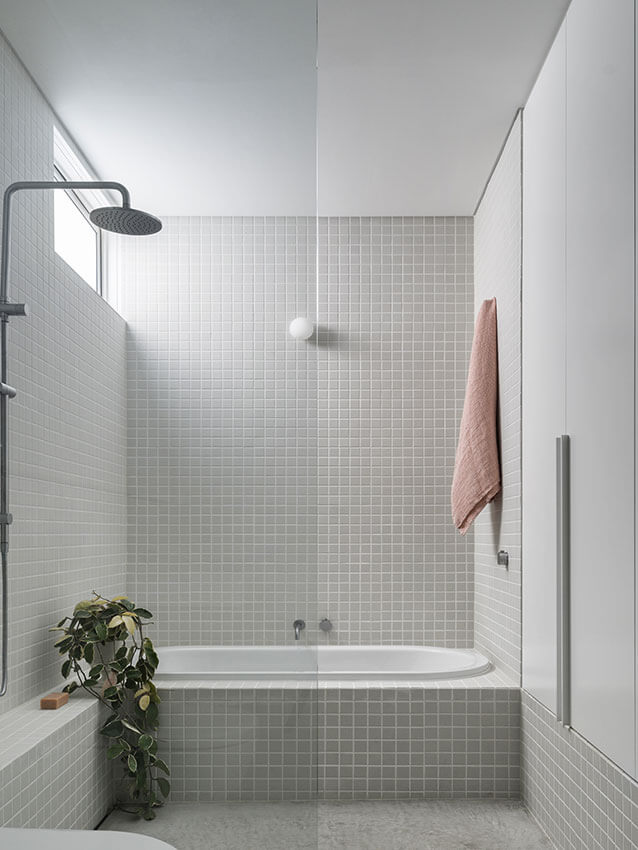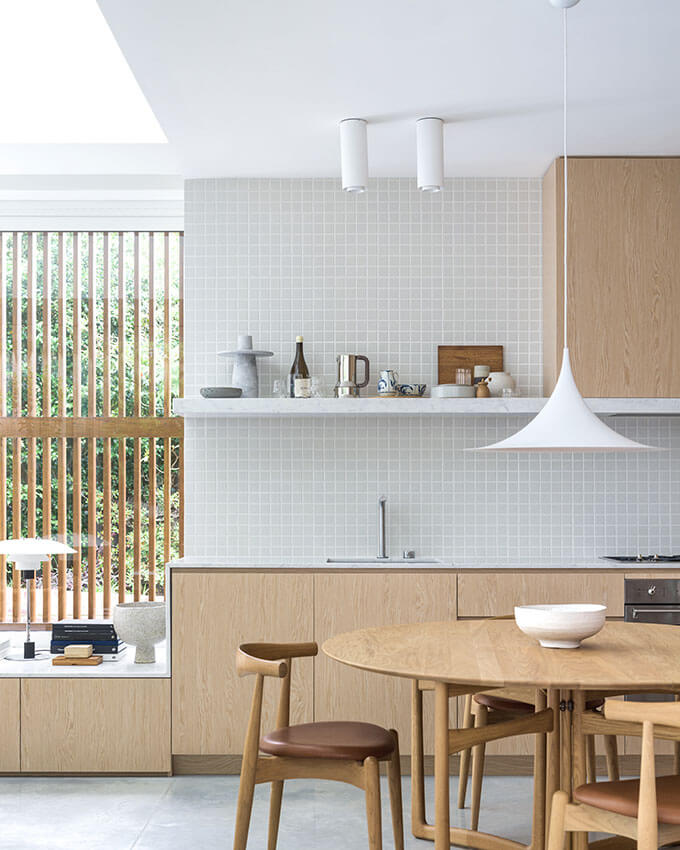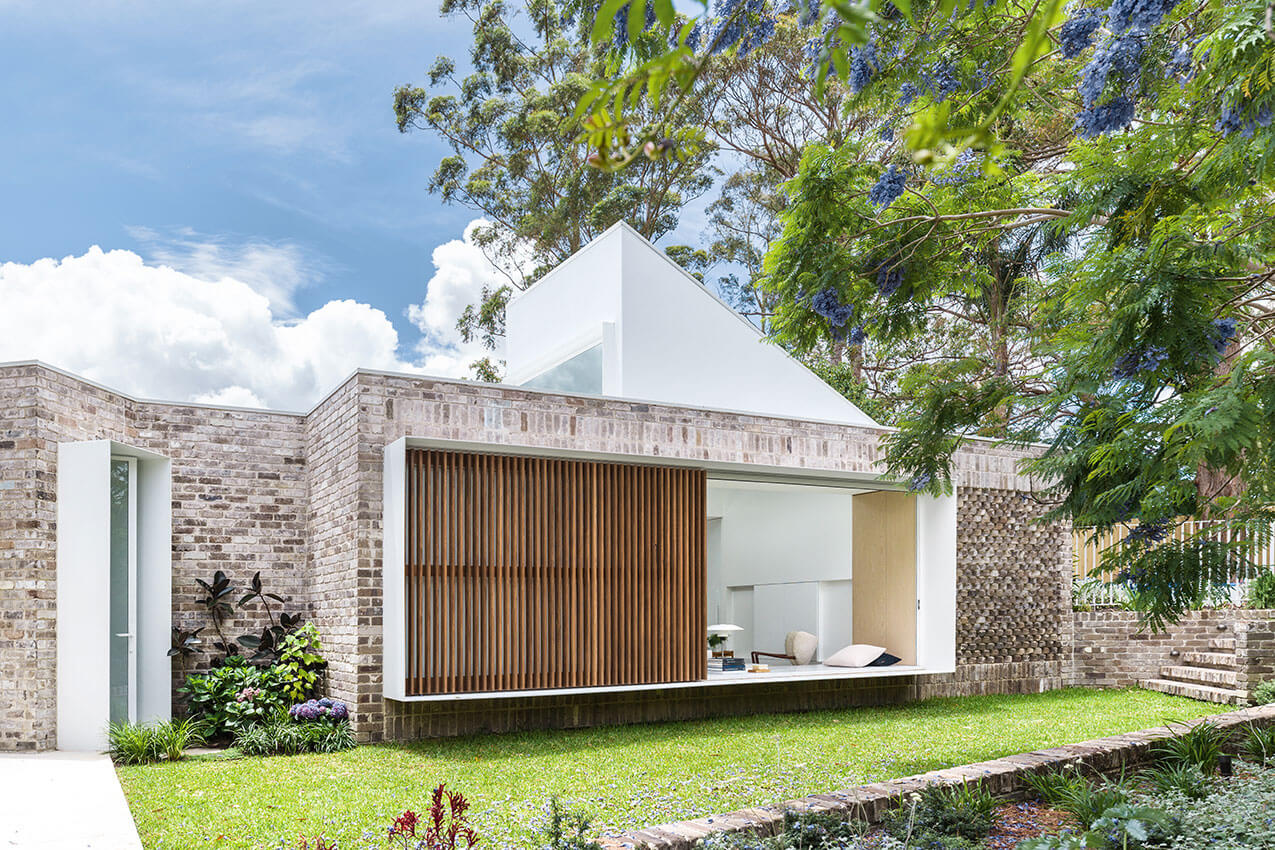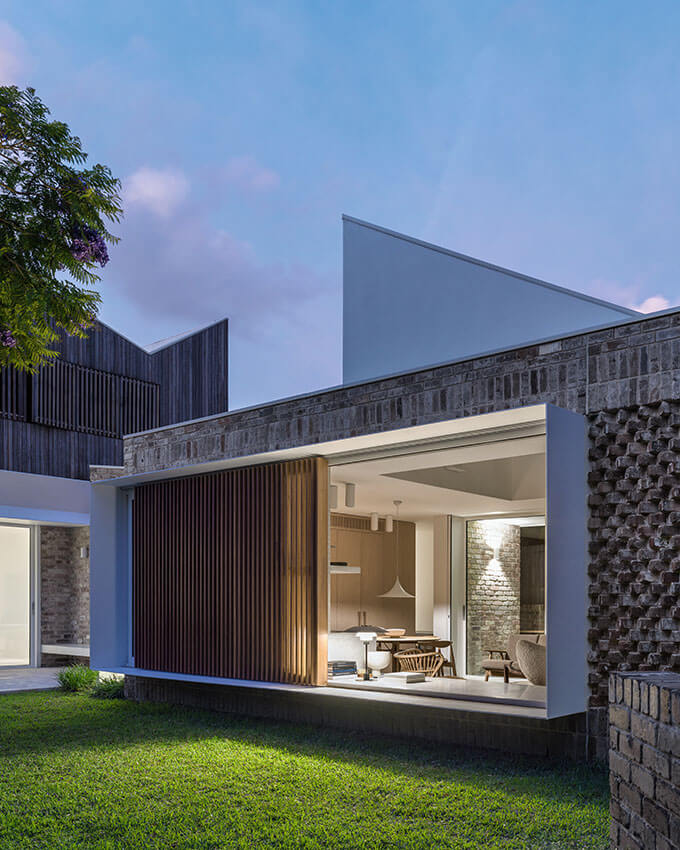A House for Grandma | Brcar Morony Architecture
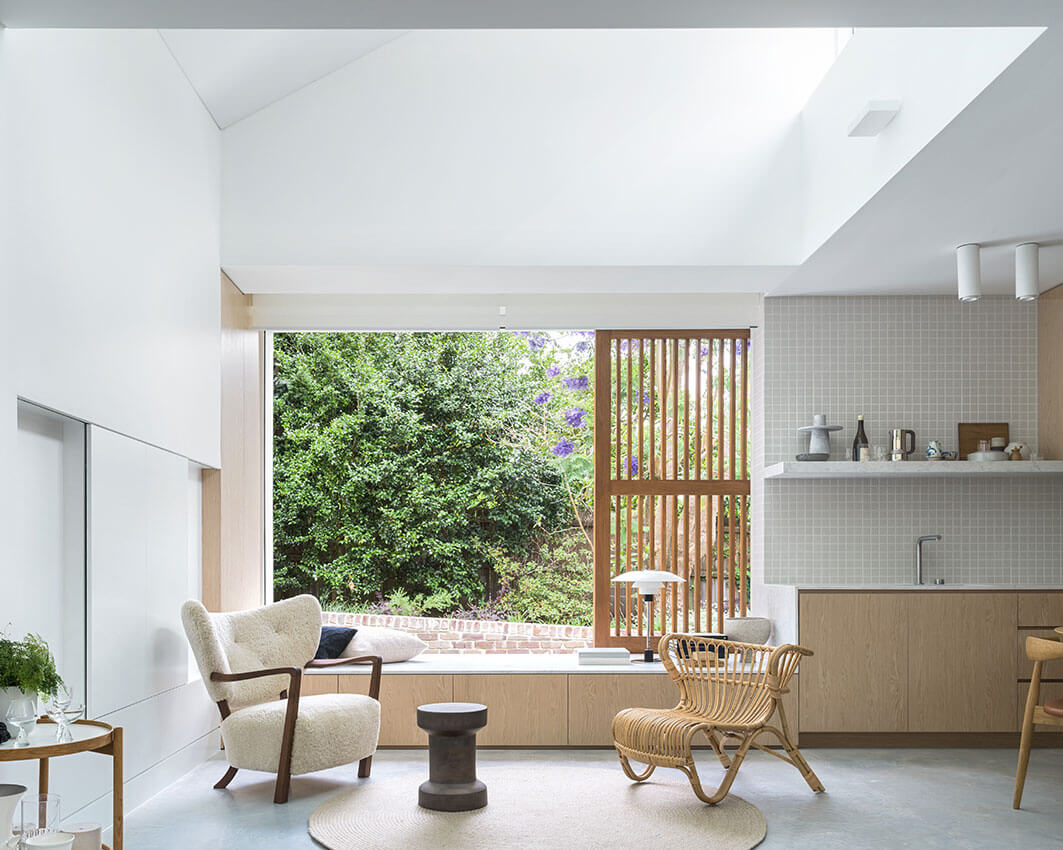
2023 National Architecture Awards Program
A House for Grandma | Brcar Morony Architecture
Traditional Land Owners
Kurringgai indigenous people
Year
Chapter
New South Wales
Category
Builder
Photographer
Media summary
A House for Grandma is a pavilion within the landscape. The spaces are modest in size yet comfortable for functional contemporary living. The spaces provide a neutral canvas for the display of furniture, objects and of memories collected over a lifetime; there is room for something old, something new and others are yet to be included.
Within a constrained footprint, A House for Grandma explores spatial quality. The narrow entry hallway is blurred & forms a dedicated but flexible bedroom. The facade peels away to provide curated views to the landscape beyond. The light filled living space with oversized raking ceiling to clerestory glazing, forming a void over, feels larger than its floor area would suggest.
A modern day ‘Granny flat’, it is a housing typology that provides housing options available to mutiple generations within the family as well accommodating family from overseas or as a commercial proposition for the owner.
2023
New South Wales Architecture Awards Accolades
The design fulfils the brief, culminating in the transformation of a previously unused garage/garden area into a beautiful yet functional space, capably catering to the lifestyle needs of our family, both now and into the future.
More than simply A House for Grandma, this space has witnessed:
•Noisy/ joyous 20th birthday celebration
•Sleepovers
•Quiet nights of meticulous planning for overseas trips
•Zoom work meetings
•Chilled afternoons of lounging around.Future expected uses include:
•hosting overseas family/friends
•a self-contained apartment for one of the adult children.A House for Grandma can best be described as a genie that keeps on delivering.
Client perspective



